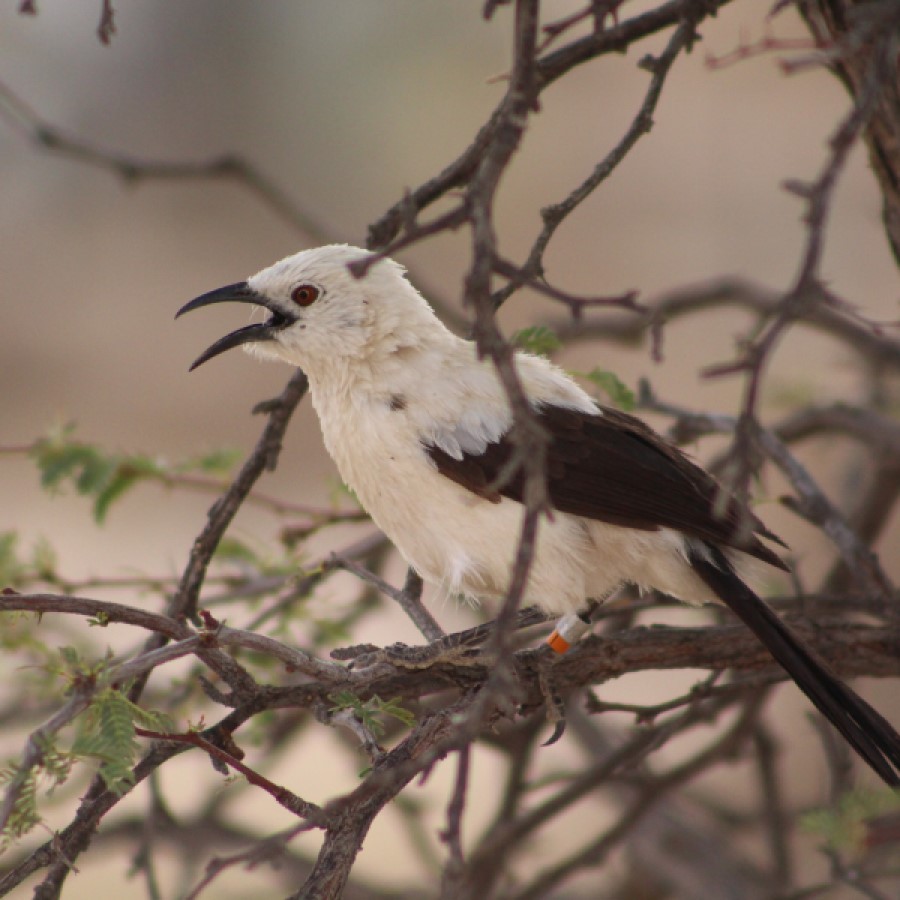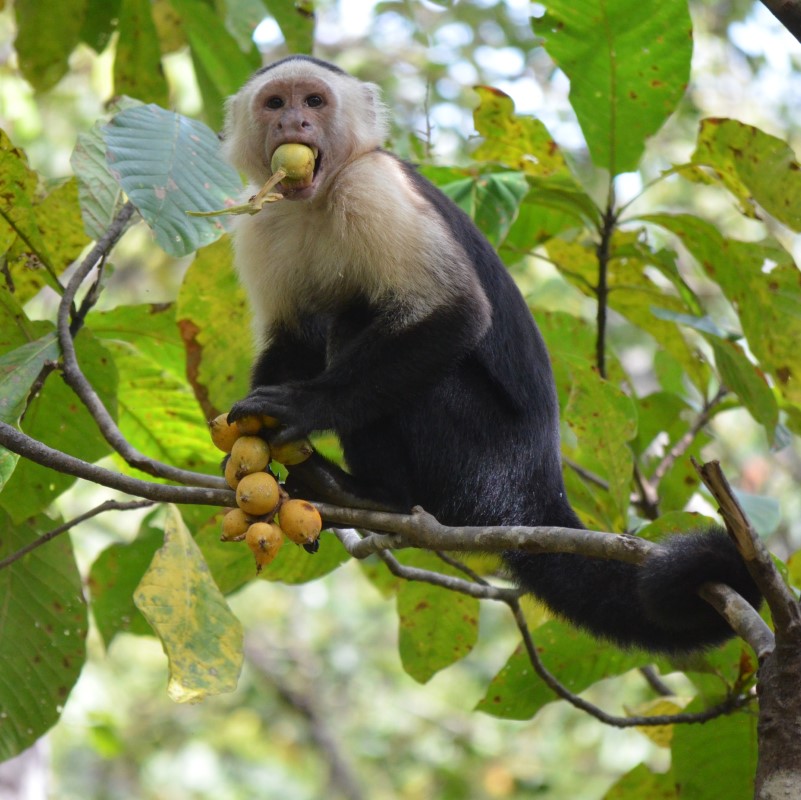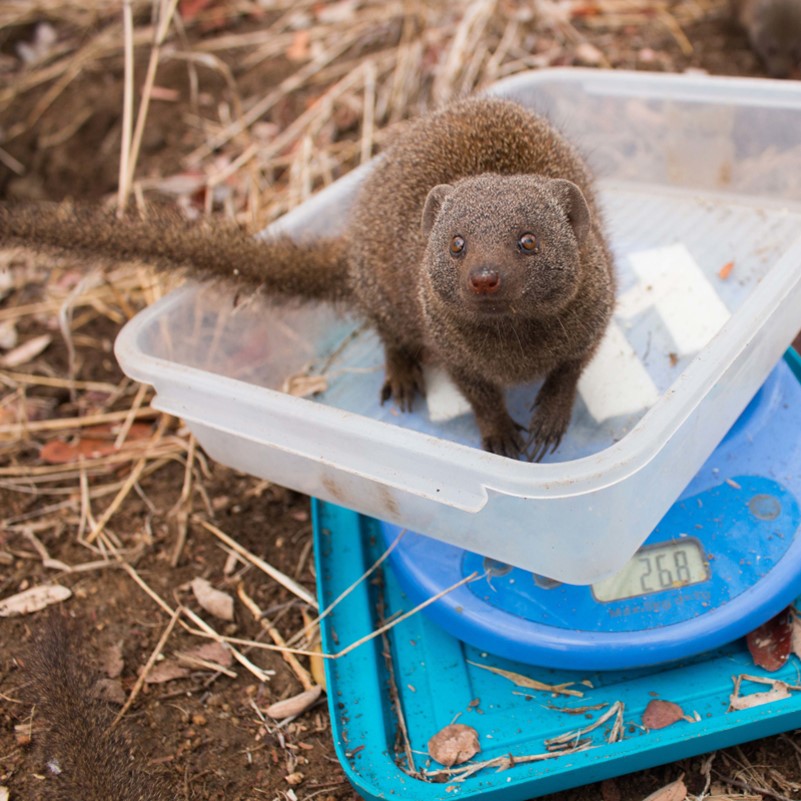Proceedings B has published a Review on 'Language' with a new comparative framework to spur more research into this promising domain. The authors tell us more.

Language, humans’ most distinctive trait, still remains a ‘mystery’ for evolutionary theory. Proceedings B has published a Review on the topic with a new comparative framework to spur more research into this promising domain. The authors tell us more.
The review provides an overview of research on turn-taking behavior in four animal taxa: birds, mammals, insects, and anurans. Turn-taking, the orderly exchange of communicative signals, is a hallmark of human conversation and has been shown to be largely universal across human cultures. The overview shows that this most human of abilities is actually remarkably widespread across the animal kingdom. African elephants exchange deep rumbles that travel miles through the ground. Naked mole-rats trade soft chirps to identify one another without sight, and fireflies alternate flashes in courtship dialogues. The authors propose that systematic cross-species comparisons of such turn-taking behavior may shed new light on the evolution of language.
While research on turn-taking behavior is abundant, beginning more than 50 years ago with studies of the vocal interactions of birds, the literature is currently fragmented, making rigorous cross-species comparisons impossible. Researchers who study turn-taking behaviors in songbirds, for example, speak of “duets” whereas those who study some species of monkeys note their “antiphonal calls”. Fragmentation is also apparent in the methods studies use. One of the most noteworthy aspect of turn-taking behavior across all species, humans included, is its temporal coordination. In some species of songbird, for example, the latency between notes produced by two different birds is less than 50 milliseconds (to put that number into perspective, consider that the fastest human blinks are around 100 milliseconds.) Other species are considerably slower; for example, sperm whales exchange sequences of clicks with a gap of about 2 seconds (2000 milliseconds) between turns. Humans lie somewhere in between, with gaps of around 200 milliseconds between turns at talk in conversation. While some informal comparisons such as these are possible, for some species, inconsistent methodologies across studies prevent any rigorous cross-species comparisons of the timing of turns.
To address this problem, the authors propose a new comparative framework for future studies on turn-taking. The ultimate goal of the framework is to facilitate large-scale, systematic cross-species comparisons that will allow researchers to trace the evolutionary history of this remarkable ability and address longstanding questions about the origins of human language.
About the authors:
Simone Pika currently works at the Department of Primatology, Max Planck Institute for Evolutionary Anthropology in Leipzig, Germany. Simone’s research centers on the puzzle of language origins by using the comparative approach with a special focus on communication, development and cognition. Her current project is ‘The origin of human turn-taking’.
Ray Wilkinson is Professor of Human Communication in the Department of Human Communication Sciences at the University of Sheffield. His research uses conversation analysis to examine various aspects of interactional behavior, including turn-taking, in typical human adults, people with communicative impairments (due to, for example, dementia), children, and non-human primates.
Kobin H. Kendrick is a Lecturer in Linguistics in the Department of Language and Linguistic Science at the University of York. His research uses conversation analysis to investigate human turn-taking, focusing on the timing of turns. He is preparing a systematic review of turn-taking in human conversation and for several years has tweeted about the similarities in the turn-taking behavior of humans and other animals (e.g., https://twitter.com/kobin/status/684354930128322561, https://twitter.com/kobin/status/565062428984352768).
Sonja C. Vernes is the leader of an Independent Max Planck Research Group at the Max Planck Institute for Psycholinguistics in the Netherlands and an affiliated principal investigator of the Donders Institute, Radboud University Nijmegen. Her work investigates the neurogenetics of language-relevant traits that humans share with other animals, with a focus on the study of learned social-vocal communication in bats. This comparative approach aims to reveal the biological mechanisms underlying these vocal-communicative abilities in mammals and inform our understanding of how human speech is biologically encoded and may have evolved.
Proceedings B is looking to publish more high-quality research articles and reviews in the fields of animal behaviour. If you have an idea for a review, we strongly encourage you to submit a proposal by completing our proposal template and sending it to the journal.



